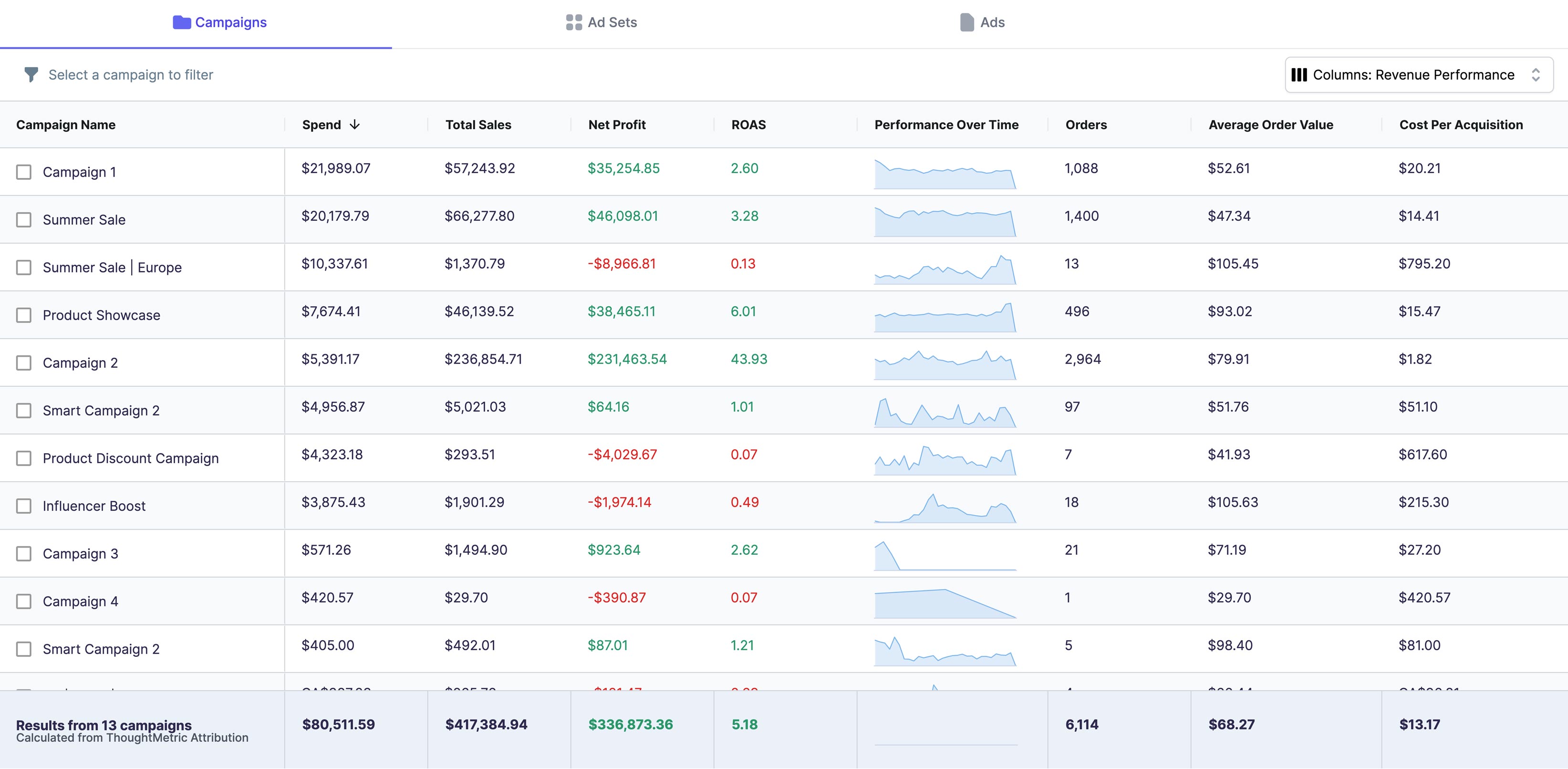Marketing attribution is the practice of evaluating the marketing touchpoints a consumer encounters on their path to purchase. The goal of attribution is determining which channels and messages impacted the decision to convert or take the desired next step.
The first step in a marketing attribution pipeline is to track the customer journey. This is outlined in the previous post in our series here .
The next phase in our marketing attribution pipeline focuses on identifying the specific marketing channels associated with each touchpoint in the customer journey. Up to this point, we've successfully consolidated various website sessions into a cohesive customer journey. However, we haven't yet pinpointed the marketing source for each of these interactions. This crucial step allows us to map each touchpoint to its corresponding marketing channel, providing valuable insights into the customer's path to conversion.
Customer Journey after step 1:

Customer journey after channel matching step:

Techniques for identifying marketing source
The data captured in a web session is rich with information that can help pinpoint the originating marketing channel. Key elements include the URL parameters, referrer information, and user agent strings. URL parameters, especially UTM (Urchin Tracking Module) tags, are particularly valuable. These tags can include details such as the source (e.g., "facebook"), medium (e.g., "cpc" for cost-per-click), and even specific campaign names.
Referrer data is another crucial piece of the puzzle, indicating the previous website or platform from which the user navigated. For instance, a referrer domain of "t.co" suggests the user clicked a link on Twitter, while "google.com" might indicate organic search traffic. User agent strings, while primarily used to identify the browser and device, can sometimes reveal if a user arrived via a mobile app or a specific email client. Additionally, the timing and frequency of visits, when correlated with known marketing activities, can further refine channel attribution. For example, a spike in traffic immediately following an email blast strongly suggests those visitors originated from the email campaign.
Using UTM parameters to attribute marketing channels
For example:
https://www.shoestore.com?utm_source=google
There are five main UTM parameters. The first three are by far the most used parameters but the others are used on occasion.
- utm_source: Where the traffic originated from
- utm_medium: Type of traffic the visitor originated from
- utm_campaign: The specific marketing campaign
- utm_term: The paid keyword
- utm_content: Used to differentiate creatives
These UTM parameters are specifically designed to be used for attribution so they are typically the first thing an attribution system will look at when determining the source of a web session. Typically if a url contains UTM parameters then the source of the traffic is spelled out pretty clearly. For example here is what a typical set of UTM parameters from Google Ads might look like.
https://www.shoestore.com?utm_source=google&utm_medium=cpc&utm_campaign=pillow-sale
The utm_source=google part indicates that this was from google. The utm_medium=cpc (cost per click) indicates that it is an ad. And the utm_campaign=pillow-sale indicates that it is from a campaign called pillow-sale.
Using other URL parameters for attribution
https://example.com?parameter=value
In this case, "parameter" is the key, and "value" is its corresponding value. URL parameters are commonly used for tracking, filtering, or customizing webpage content. UTM parameters are themselves URL parameters.
Beyond UTM parameters, many platforms, tools, and services append their own URL parameters for tracking purposes. These can be used by attribution platforms to identify traffic sources. For example, Facebook adds an "fbclid" parameter to all outbound links, both paid and organic. When present, this parameter indicates that the session originated from Facebook.
https://www.shoestore.com?fbclid=IwZXh0bgNhZW0BMAABHQt872O9UMwa8
Whenever an attribution platform sees a web session with the fbclid parameter attached to the url it knows that this web session came from Facebook.
There are dozens of such url parameters that help attribution platforms identify the source of a web session. Here is a table that outlines some of the most common ones.
Gclid, wbraid, gbraid | Google
Msclkid | Bing
Epik | Pinterest
mc_eid, mc_cid | Mailchimp
_kx | Klaviyo
_ke | Klaviyo SMS
rs_oid | Constant Contact
Ttclid | TikTok
Using Referrer for attribution
An attribution platform uses the referrer to identify traffic sources by analyzing the URL information contained in the HTTP referrer header. When a user clicks a link to visit a website, the referrer typically contains the URL of the page they came from.
The attribution platform examines this referrer URL to determine its origin. For instance, if the referrer contains "google.com," it indicates the traffic came from Google. Similarly, "facebook.com" would suggest Facebook as the source.
The attribution platform may use pattern matching or domain classification to categorize referrers into broader channels like search engines, social media, or other websites. It might also look for specific subdomains or URL patterns to distinguish between organic and paid traffic sources.
Referrer data is useful but can’t always be relied on fully because it can sometimes be missing or blocked. Some browsers, ad blockers, and apps will block or not include referrer data. Because of this referrer data is often used alongside other more accurate sources of attribution such as utm and url parameters.
Using User Agent for attribution
For example, a user agent might look like this:
"Mozilla/5.0 (Windows NT 10.0; Win64; x64) AppleWebKit/537.36 (KHTML, like Gecko) Chrome/91.0.4472.124 Safari/537.36"
User agent information is used by attribution platforms in many different ways. One way they are used is to identify which app a user is using to browse your website.
For example the following user agent is used by the TikTok app:
Mozilla/5.0 (iPhone; CPU iPhone OS 15_0_2 like Mac OS X) AppleWebKit/605.1.15 (KHTML, like Gecko) Mobile/15E148 musical_ly_21.7.0 JsSdk/2.0 NetType/4G Channel/App Store ByteLocale/en Region/
If a web session has this user agent then an attribution platform can identify that this user came from TikTok.
While user agents alone aren't definitive for channel attribution, they provide valuable context when combined with other data points. When used in conjunction with referrers, UTM parameters, and click IDs, user agent data helps create a more comprehensive picture of how users are finding and interacting with a website.





